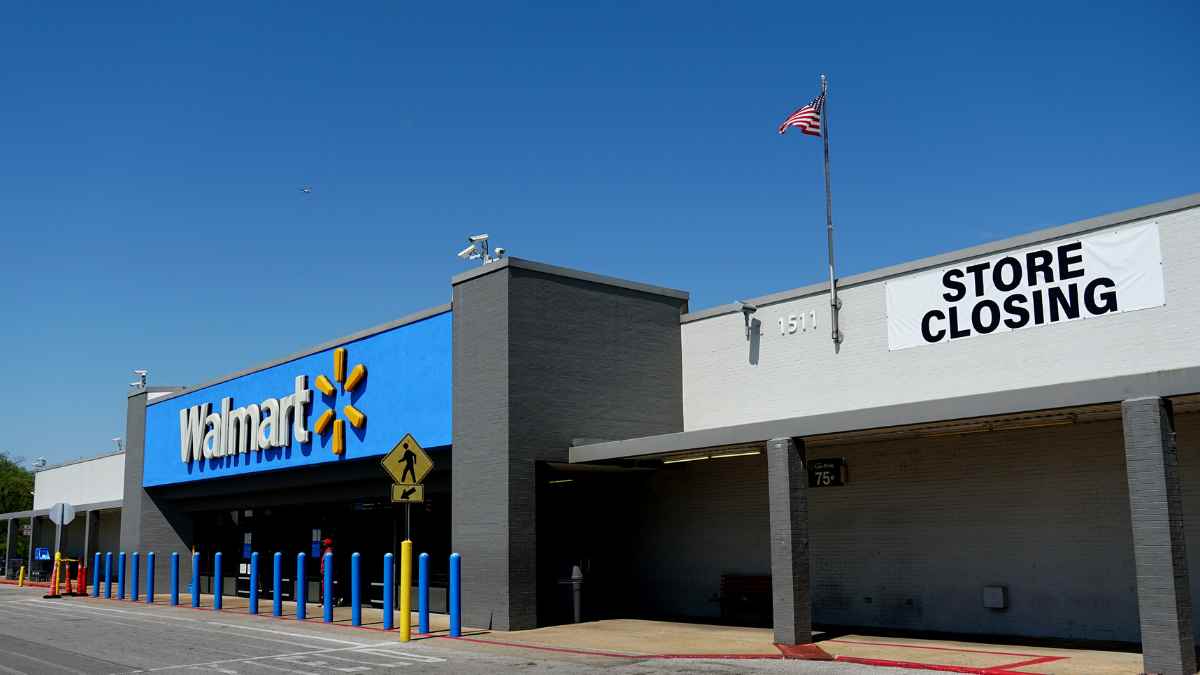Walmart, the world’s largest supermarket chain, has announced the closure of more than ten stores by the end of 2024 throughout the United States. This drastic decision responds to significant changes in its expansion strategy. It is an unexpected move, which has a direct impact on the community and puts the evolution of retailing in the country at the center of debate.
Walmart’s store closings are not an isolated event, but part of a very marked trend over the last few years. The supermarket chain justified this decision as an extremely necessary measure to optimize its operations. In addition, this would allow it to concentrate on those locations that offer the greatest potential for profitability and growth.
California, one of Walmart’s largest states, was particularly affected by this closure strategy. Cities such as El Cajon, West Covina, San Diego, Granite Bay and Fremont lost their respective stores. This scenario generated uncertainty among residents and called into question the accessibility of basic products in these areas.
List of Walmart branches that will say goodbye by the end of 2024
- San Diego: 2121 Imperial Avenue, San Diego, CA 9102.
- El Cajon: 605 Fletcher Parkway, El Cajon, CA 92020.
- West Covina: 2753 E. Eastland Center Dr., West Covina, CA 917091.
- Fremont: 40580 Albrae Street, Fremont, 94538.
- Granite Bay: 4080 Douglas Boulevard, Granite Bay, CA 95746.
These measures are in addition to the closing of Walmart branches in other cities across the country. These include Columbus, Ohio, Milwaukee, Wisconsin, Towson and Maryland. In these locations, the supermarket chain also proceeded to withdraw due to multiple and complex reasons.
The decision is based on factors such as the changing consumer habits of U.S. citizens. Added to this is the growing competition in the e-commerce sector and the need to adapt to new technologies to cope with this continuous change with respect to commercial and sales transactions.
On the other hand, the location of a store is a determining factor in its success or failure. Walmart has identified that some of its stores did not generate economic results that were convenient for the company, so they opted to close. This is due to low population density and changing demographic dynamics in the area.
New openings and remodeling
Despite the closures, Walmart does not plan to stop investing in the United States and announced new store openings. In addition, it explained that it will remodel some of its stores in order to adapt to technological and consumer changes. The approach used for this strategy will have to do with the locations that will allow them to have a greater return on investment.
Walmart’s new stores will be larger and more modern, with a greater variety.y of products. In this way, the company seeks to offer a more complete and attractive shopping experience for its customers, in addition to attracting new consumers.
The e-commerce challenge
E-commerce represents a great challenge for traditional retailers such as Walmart. The company has to constantly readapt to these changing processes in order not to be left out. Throughout this time, it has implemented several strategies to face this competition. One of them is the investment in its e-commerce platform, while another has to do with the expansion of home delivery services.
With these two strategies as fundamental pillars of its update, Walmart is trying to stay in the competition with well-known national and international e-commerce companies that have cornered the market in recent years.







